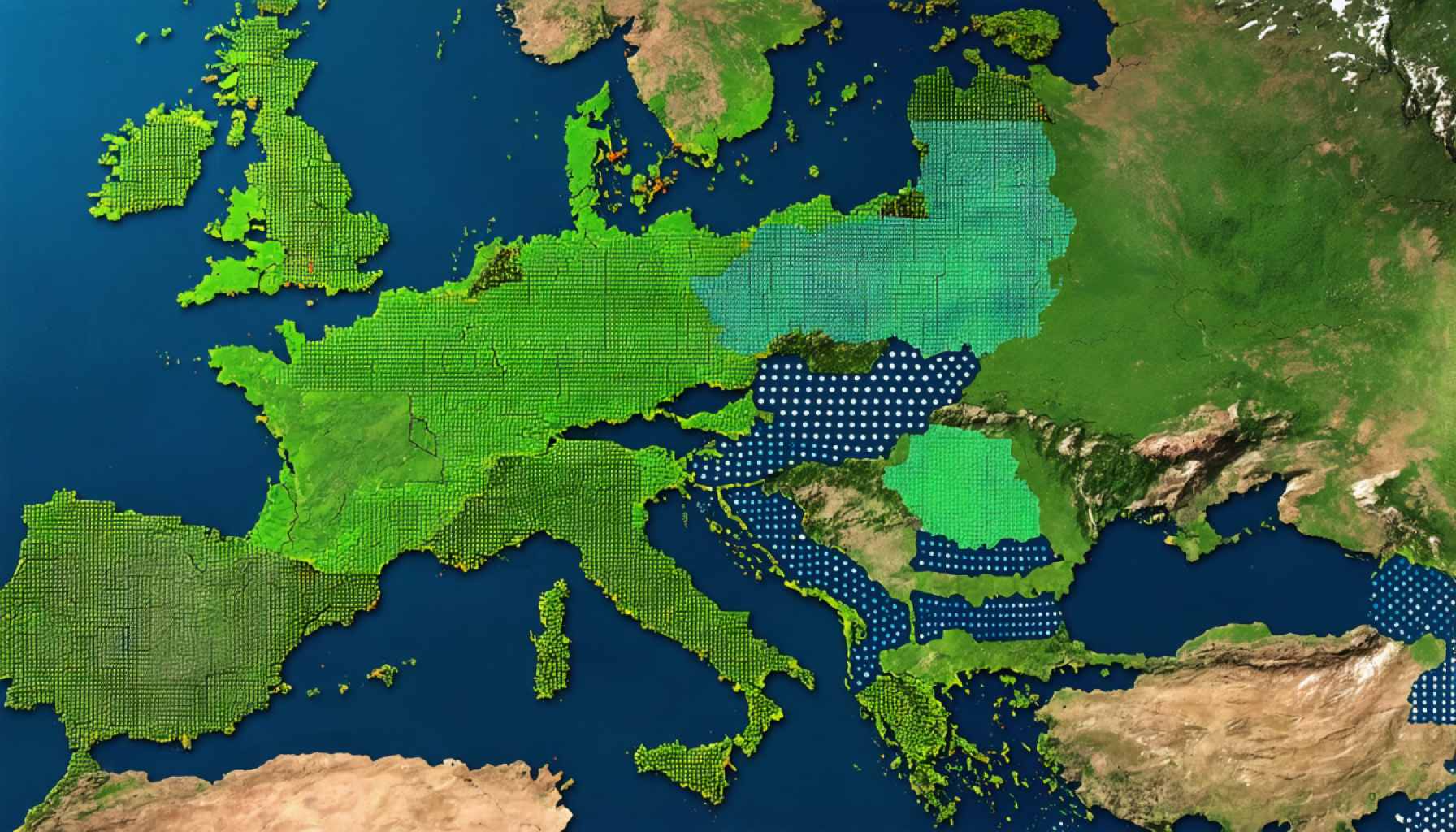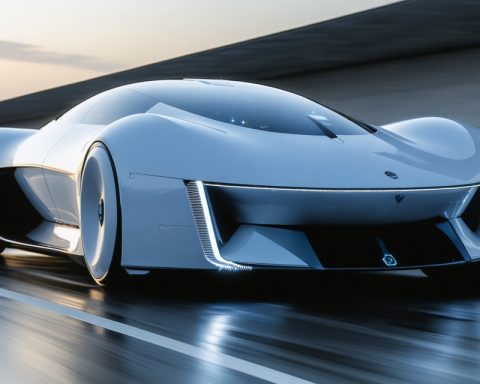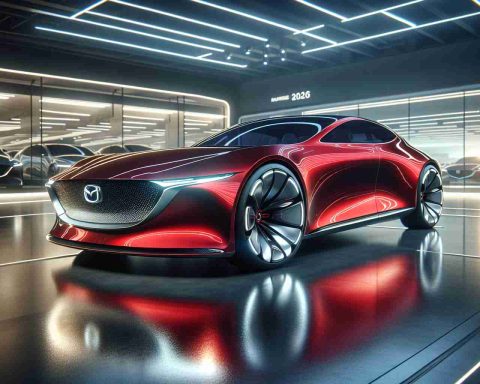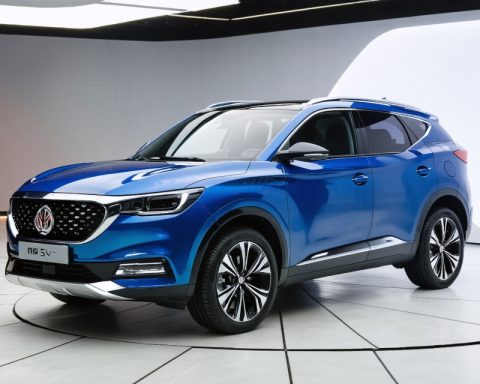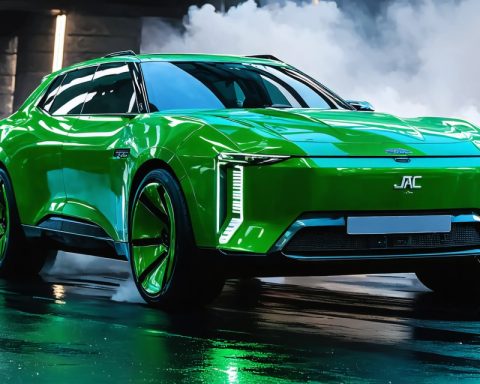- Electric vehicles (EVs) are rapidly spreading across Europe, with diverse policies and incentives varying by country.
- Twenty-two European nations offer significant tax benefits for electric company cars, pushing corporate sustainability.
- While purchase incentives are decreasing, with eight countries phasing them out, this may indicate confidence in natural EV market growth.
- Only 14 EU states currently incentivize charging infrastructure, indicating a need to strengthen this crucial support network.
- The disparity in EV policies highlights a need for harmonization across Europe for a unified approach to electrification.
- Aligned strategies and cross-border collaboration are essential for Europe’s transition to a sustainable, zero-emission future.
A silent revolution rolls through the cobblestone streets, age-old boulevards, and cutting-edge motorways of Europe—electric vehicles (EVs) are claiming their ground. Yet, this transformation is not uniform; it’s a vibrant patchwork quilt of policies and incentives that varies dramatically from one nation to the next.
At the heart of this landscape lie the 27 EU member states, alongside Iceland, Norway, Switzerland, and the United Kingdom, each orchestrating a unique symphony of fiscal strategies to bolster the uptake of EVs. The incentives appear as diverse as the countries themselves, ranging from lucrative tax breaks to targeted infrastructure subsidies, all designed to electrify the automotive industry.
Surging Ahead with Company Cars
In an electrified trend, 19 European nations have now integrated substantial tax benefits specifically for electric company cars. This shift reflects a broader strategy aimed at weaving sustainability into the corporate fabric, incentivizing businesses to electrify their fleets. The aim—quite starkly—seems to be not merely environmental stewardship but also economic vitality, as corporations play a crucial role in setting cultural and technological precedence.
Incentives on a Slippery Slope
The allure of purchase incentives, however, seems to wane in certain quarters. While they provided an initial thrust, eight countries have gradually phased out these schemes, marking an increase from the six that had already taken this step the previous year. This strategic withdrawal perhaps signals a newfound confidence in the organic market growth of EVs or a shift towards reallocating funds to bolster infrastructure essentials.
Infrastructure: The Backbone of Transition
Despite the fanfare surrounding vehicles, the less glamorous but vital facet—charging infrastructure—receives varied attention. Only 14 of the EU’s member states extend incentives to enhance this critical network. This shortfall illustrates a pressing need to fortify the framework that supports widespread adoption, ensuring that a drive across borders doesn’t translate into an anxiety-ridden hunt for the next charging point.
A Call for Harmonization
The overarching narrative here is one of disparity—a tapestry of policies woven without a central loom. The disparity calls for discussions on harmonizing efforts across the continent, fostering a more cohesive, less fragmented approach that truly leverages the collective potential of Europe.
Key Takeaway
For the continent to fully capitalize on the electric future, there’s an undeniable need to align objectives and strategies across the board. With every region carving out its path, the key to electric vehicle proliferation may lie in shared knowledge and cross-border synergy. As the landscape steadies, the road to a zero-emission realm demands both innovation and collaboration—ensuring that the European dream of a sustainable future becomes a reality.
Why Europe’s Electric Vehicle Boom is Just Getting Started
Market Forecasts & Industry Trends
The European electric vehicle (EV) market continues to grow at an impressive rate. According to the European Automobile Manufacturers Association (ACEA), the market share of EVs in Europe reached nearly 20% in 2023, representing a substantial increase from previous years. The International Energy Agency (IEA) projects that by 2030, EVs could account for over 50% of new car sales in Europe, driven by EU mandates on emission reductions and increasing consumer preferences for sustainable transport options.
Pressing Questions & Insights
1. How Does Europe Support EV Adoption?
Europe’s support for EV adoption is multifaceted, involving both fiscal incentives and infrastructure investments. Countries like Norway offer significant tax reductions for EV purchases and have put a deadline to phase out internal combustion engine vehicles by 2025. Meanwhile, France and Germany have invested heavily in public charging stations, ensuring EV owners have easy access to recharging facilities.
2. Where Are Infrastructure Investments Lacking?
The uneven distribution of charging stations remains a concern. While leading countries have robust networks, Eastern and Central European nations lag, which could hinder widespread adoption. The European Investment Bank is working to address this by providing loans and funding for infrastructure development across lesser-served regions.
Real-World Use Cases & Corporate Adoption
Corporate fleets are a key driver in the EV landscape. Businesses across Europe are increasingly adopting EVs for their operational fleets to reduce carbon emissions and operational costs. Companies like DHL and IKEA have set substantial goals to electrify their fleets completely by the late 2020s, illustrating a corporate shift towards sustainability.
Controversies & Limitations
Critics argue that the heavy focus on urban EV infrastructure neglects rural areas. Moreover, the environmental impact of EV batteries, in terms of mining and disposal, remains a hot topic. Research into recycling and second-life use of batteries is ongoing, but the industry needs scaled solutions to minimize its environmental footprint.
Tips & Recommendations for EV Enthusiasts
1. Explore Incentives: Before purchasing, check available incentives in your country to maximize savings.
2. Plan Your Route: When traveling long distances, plan your route according to charging station locations for a hassle-free experience.
3. Consider Home Charging: If feasible, invest in a home charging station to avoid public charging wait times.
Pros & Cons Overview
Pros:
– Lower fueling and maintenance costs
– Significant emission reduction
– Access to tax and subsidy incentives
Cons:
– Higher upfront costs
– Limited charging infrastructure in certain regions
– Environmental concerns around battery production
Conclusions and Actionable Recommendations
For Europe to truly lead the global shift towards sustainable transportation, a more harmonized policy framework is essential. Coordinated efforts in expanding infrastructure, standardizing incentives, and addressing sustainability challenges will enhance the appeal and functionality of EVs.
Suggested Links
To learn more about Europe’s role in the EV revolution, visit the ACEA or explore further energy policies via the International Energy Agency.
By understanding these dynamics, stakeholders can better navigate and contribute to the evolving EV marketplace.
